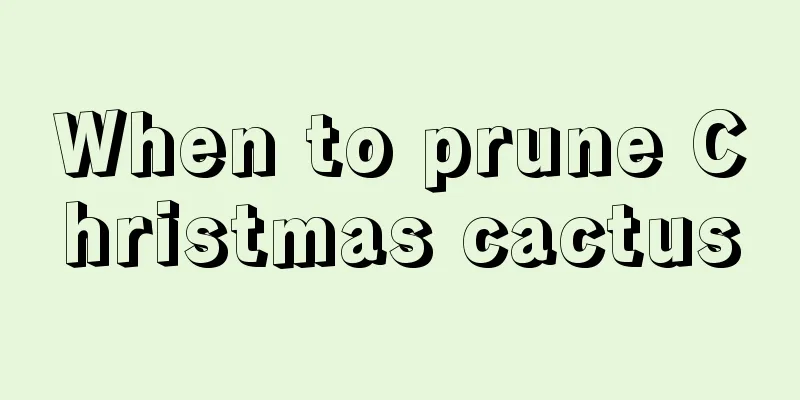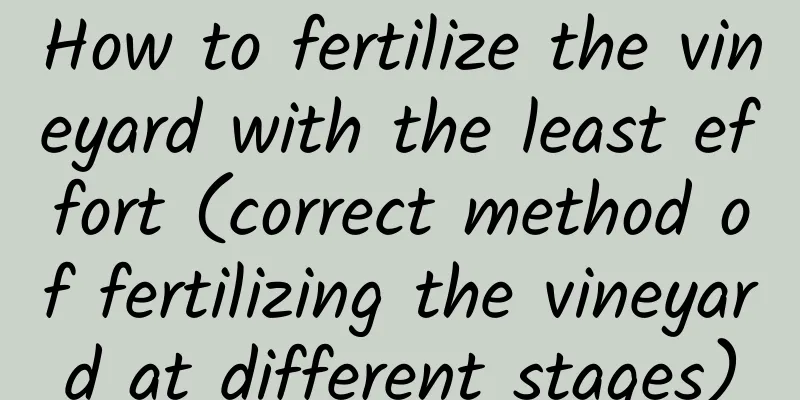What is the best fertilizer for navel oranges?

Navel orange fertilization timeYoung navel orange trees need to be top-dressed once in early March, early April, late May to early June, late July and mid-November each year to provide them with sufficient nutrients. For navel orange fruit-bearing trees, apply bud fertilizer between February and March, apply quick-acting nitrogen fertilizer as fruit-stabilizing fertilizer when the flowers fade, apply fruit-strengthening fertilizer mainly composed of nitrogen and potassium combined with phosphorus fertilizer, and organic fertilizer can be applied when harvesting the fruit. What fertilizer to use for navel orange1. The base fertilizer for navel oranges is mainly decomposed organic fertilizer, with appropriate amounts of quick-acting K, N, and P fertilizers. It is applied as winter fertilizer after fruit harvesting, which can not only improve soil structure, but also help restore tree vigor and increase nutrient reserves. 2. For navel orange fruit-stabilizing fertilizer, foliar fertilization is mostly adopted, which is applied once every half a month with a small amount of N fertilizer, P and K fertilizers combined with an appropriate amount of fruit-preserving agent. The fertilization effect is better. 3. The fruit-enhancing fertilizer for navel oranges is mainly fast-acting N and K fertilizers, combined with P fertilizer to promote fruit enlargement and provide sufficient nutrients. At the same time, it supplements the tree's nutrition, promotes full autumn shoots, increases the tree's carbohydrate level, and lays a sufficient nutritional foundation for flower bud differentiation. Navel orange fertilization methodThere are two main methods of fertilizing navel oranges: soil application and foliar spraying. Soil application involves trenching and broadcasting. Trench application can be done in the form of ring trenches, radial trenches, or strip trenches. The trench depth should be 15-40 cm to facilitate root absorption. Notes on fertilizing navel orangeWhen spraying the leaves of navel oranges, you must control the concentration. If the fertilizer used is too concentrated, it will easily cause leaf burns. If the concentration used is too dilute, the fertilization effect will be poor. |
>>: What fertilizer is best for cotton?
Recommend
Taboos on the placement of the lucky bamboo, Feng Shui of the placement of the lucky bamboo
1. Taboos of placement When raising the Chinese r...
Jasmine information, jasmine pictures
1. Family Jasmine is a plant of the Oleaceae fami...
How to identify the rich
1. Blades The leaves of the Chinese phoenix are e...
How to grow Rieger Begonia
1. Breeding environment 1. Soil: Looseness, rich ...
Edible Rose Varieties
Main varieties The Chinese rose varieties that ar...
Why are the leaves of the creeping grass wilting?
What causes the leaves of the creeping grass to w...
How often should I water the Smoking King (Peacock Green)
How often should I water the smoking king? The Ki...
Time and method of changing the soil of osmanthus
Time to change the soil of osmanthus Generally sp...
What to do if the leaves of Phoenix become soft
1. Adjust the moisture Reason: Water application ...
How to transplant winter jasmine
The propagation methods include cutting, division...
Why does gardenia not bloom?
1. Unreasonable lighting Reason: Gardenia needs s...
Silver Queen breeding methods and precautions
Best growing soil Silver Queen is mostly potted, ...
What to do if the coral bean leaves wilt
Causes of withering If you want to deal with the ...
How to change the soil of Golden Tiger Cactus and what is the time and method of changing the soil
When to change the soil of Golden Tiger Cactus It...
Popular science on succulent terms. If you don’t know these, how dare you say you like succulents?
Maintenance terms (Source: Sogou Wallpaper) Outdo...









